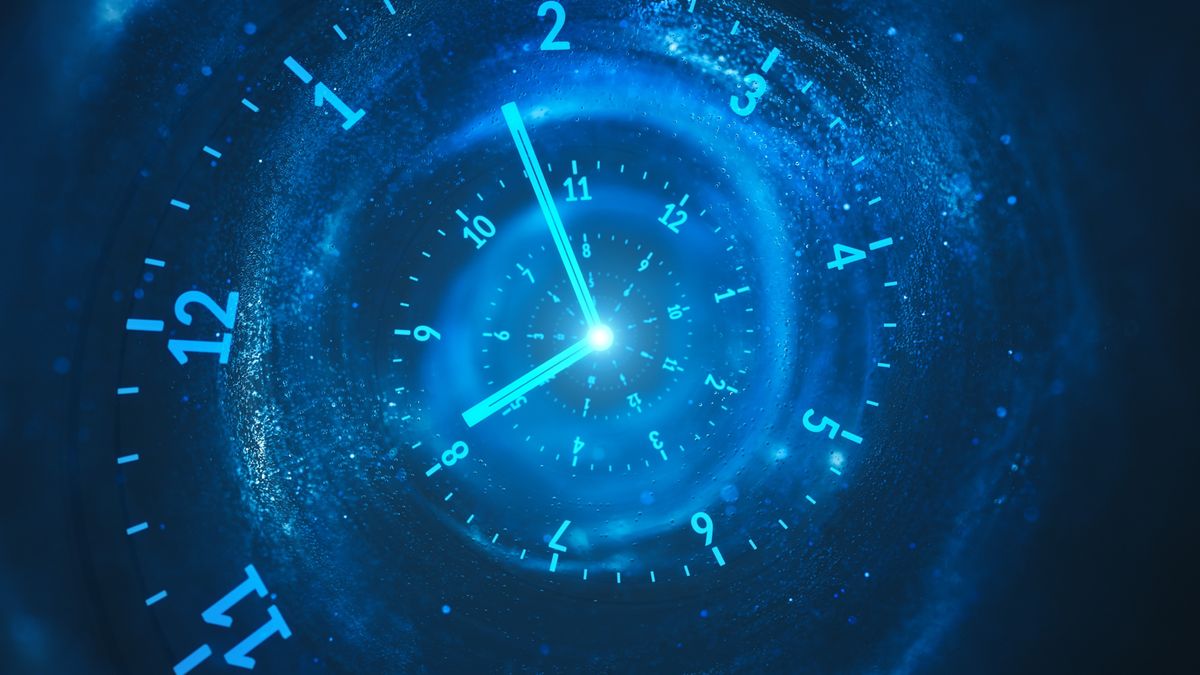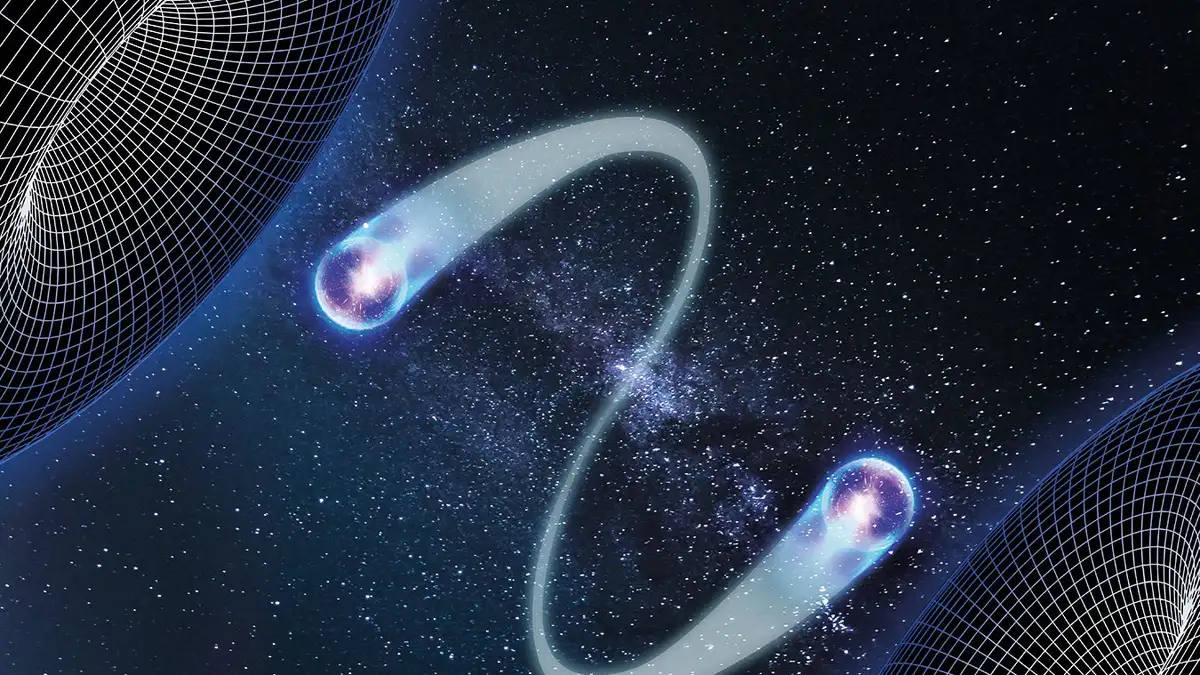Time Travel in Fiction vs. Physics: What Stories Get Right and What Science Says

Fiction has always treated time as a flexible concept — a river to be swum upstream or downstream at will. But depending on the story, the “rules” of time travel vary widely.
1. The Fixed Timeline (Predestination)
In some stories, no matter how hard the protagonist tries, events cannot be changed. Everything that happens has already happened, and any attempt to alter the past only causes it to unfold exactly as it must. Examples include:
-
12 Monkeys (1995)
-
Harry Potter and the Prisoner of Azkaban (2004)
-
Arrival (2016)
This model is paradox-free but philosophically challenging: if everything is predestined, do we have free will?

2. The Mutable Timeline (Back to the Future Model)
Other stories allow for timelines to change when actions in the past alter the future.
-
Back to the Future (1985)
-
The Butterfly Effect (2004)
-
Looper (2012)
Here, small decisions can create massive ripple effects — a concept derived from chaos theory. This approach is dramatic but often riddled with paradoxes.
3. The Multiverse or Branching Timelines
Many modern stories solve paradoxes by invoking parallel universes: every time you alter something, a new timeline or universe is created.
-
Avengers: Endgame (2019)
-
Everything Everywhere All at Once (2022)
-
Dark (Netflix, 2017–2020)
This is often seen as a scientifically “cleaner” model and is loosely inspired by the Many Worlds Interpretation of quantum mechanics.

The Physics of Time Travel: What We Know (and Don’t)
Now, let’s leave fiction behind and step into the realm of real physics. Time travel, in scientific terms, is less about flux capacitors and more about spacetime geometry, relativity, and the limitations of causality.
1. Time Dilation: Time Travel to the Future Is Real
Thanks to Einstein’s theory of special relativity, we know that time is not absolute. It ticks differently depending on speed and gravity.
If you travel at speeds close to the speed of light or stay near a strong gravitational field (like a black hole), time moves slower for you relative to someone farther away. This is called time dilation, and it’s a proven phenomenon.
Example: Astronauts aboard the International Space Station age slightly slower than people on Earth. The difference is tiny, but measurable.
In this sense, time travel to the future is absolutely possible — just not practical for humans (yet), because of the energy required.
2. Wormholes: A Theoretical Shortcut
Wormholes are hypothetical tunnels in spacetime that could connect distant points in space or even different times.
General relativity allows for the possibility of wormholes, but they come with huge challenges:
-
They would require exotic matter with negative energy to stay open.
-
Even if one could be stabilized, moving through it might still destroy whatever tries.
Theoretically, a wormhole could allow time travel if one end was moved at near-light speed and then returned to the starting point. Due to time dilation, one mouth would be “younger” than the other — allowing for travel from one time to another.
However, we’ve never observed a wormhole, let alone used one.
3. The Grandfather Paradox and Causality
One of the most well-known problems with time travel is the grandfather paradox: if you go back and prevent your grandfather from meeting your grandmother, how were you born to go back in time?
Physics doesn’t currently have a solid answer, but here are some speculative ideas:
-
Self-Consistency Principle (Novikov): Any actions taken by a time traveler were always part of history, so you couldn’t create a paradox.
-
Multiple Worlds Hypothesis: Changing the past simply creates a new timeline — the original remains unchanged.
-
Causal Loops: Objects or information can exist in a loop without a clear origin, such as the famous “bootstrap paradox.”

Where Fiction Gets It Right (and Wrong)
What Fiction Gets Right:
-
Time dilation in Interstellar was praised by physicists like Kip Thorne for its realistic depiction of gravity’s effect on time.
-
Arrival explores nonlinear time based on linguistic relativity, mirroring how some theories suggest perception of time might change.
-
Multiverse theories are consistent with one interpretation of quantum mechanics, making shows like Rick and Morty loosely “accurate” in concept.
What Fiction Gets Wrong:
-
Causal paradoxes are rarely resolved well — most films handwave them.
-
Ignorance of energy costs — traveling through time (especially to the past) would require immense, possibly impossible, energy.
-
Physical changes in the same body (like rapid aging/de-aging) are often biologically implausible.
The Philosophy of Time: Is Time an Illusion?
Some physicists and philosophers argue that time might be an emergent property or even an illusion. In theories like loop quantum gravity or Julian Barbour’s “timeless physics,” the universe consists of configurations or snapshots, and our perception of “flow” is just that — perception.
This aligns interestingly with fictional takes that treat time as a landscape rather than a path, such as in Slaughterhouse-Five by Kurt Vonnegut.
Conclusion: Bridging Imagination and Reality
Time travel remains one of the most tantalizing topics bridging fiction and science. While Hollywood often bends (or breaks) the rules for drama, its portrayals often rest on slivers of real theory. Meanwhile, physicists continue to explore the edges of our understanding of time, space, and causality.
Could time travel to the future become commonplace? Possibly. To the past? Less likely — but not definitively impossible.
For now, time travel remains where it belongs: in the imagination, in equations, and perhaps, in some distant future.
